
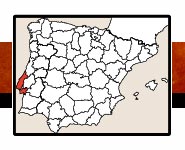

 |
 |
||
 |
|||
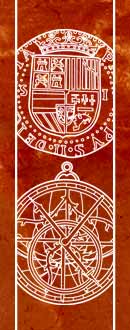 |
(40)/D-J/ESTR-Lisb-E-40.jpg) |
-55/BOOK-cort-40.jpg) |
 |
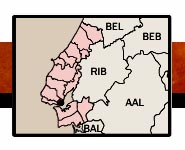 |
||
 |
|||
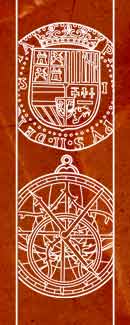 |
ACCESO ALFAMA ACCESOMuy cerca se ubican las iglesias de La Magdalena y de Santo Antonio; así como la catedral y el teatro romano. El teatro romano se ubica justo en la falda meridional del castillo, al este del castillo tenemos la iglesia de San Vicente y el Panteón Nacional. ACCESO PARA MINUSVÁLIDOSAcceso no factible a la Iglesia de la Magdalena, a la de San Antonio, a la de Sao Vicente, al Panteón Nacional y a la Se de Lisboa. Muy complicado acceder al castillo, solo acceder es difícil por las cuestas y dentro hay muchas escaleras y cuestas. |
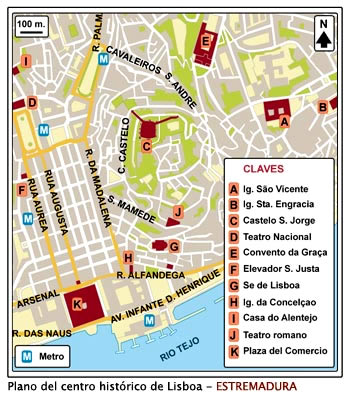 |
ACCESS ALFAMA ACCESSVery close are located the churches of La Magdalena and Santo Antonio, as well as the cathedral and the Roman theatre. The Roman Theatre is located just on the southern slope of the castle; to the east of the castle we have the church of S. Vicente and the National Pantheon. ACCESS FOR THE HANDICAPPEDNot feasible access to the church of La Magdalena, Santo Antonio, São Vicente, the National Pantheon and Se of Lisbon. Very difficult access to the castle, only access is difficult by slopes and inside there are many stairs and slopes. |
||||
 |